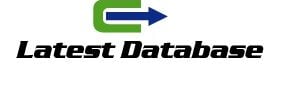Depending on the tool and the underlying code, functionality may be added. For example, you can also have information about the user’s location, exit rate, bounce rate, time on page, etc. In addition, some tools also provide software and hardware segmentation of website visitors, such as devices and browsers, operating systems, etc., used to access the website.
These tools then aggregate user data that you can analyze .
For unintentional user feedback. This is the main reason to record and use browsing behaviors because it puts you in the shoes of your visitors and allows you to new database see with their eyes, scrolling, mouse movements, keystrokes, etc. Additionally, you can also note any technical issues or bugs found by the audience. These ideas are particularly useful for most webmasters, especially for a high-risk project. Session recording gives you metrics to work on to improve the user experience, analyze their exit behavior, and optimize conversion rates. In the absence of such sophistication, you can’t determine what isn’t working for your users and is dragging down growth.
Why record website sessions?
From my personal experience with Microsoft Clarity, I can attest that session recording tools are one of the best for in-depth visitor analysis. Ultimately, B2B Lead webmasters designate such tools to understand the pain points of their audience and improve afterwards. Here is the list of services to help you with that. Most of them have a FREE plan, so you can try to see what works for you. A rvices to help you with that. Most of them have a FREE plan, so you can try to see what works for you.







